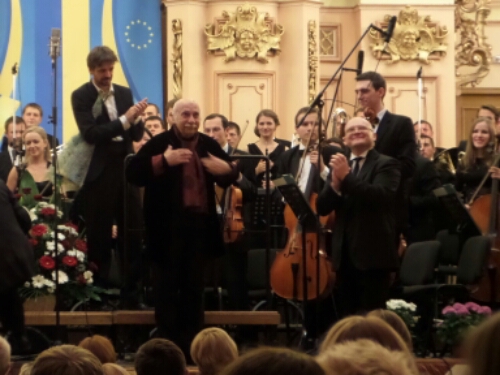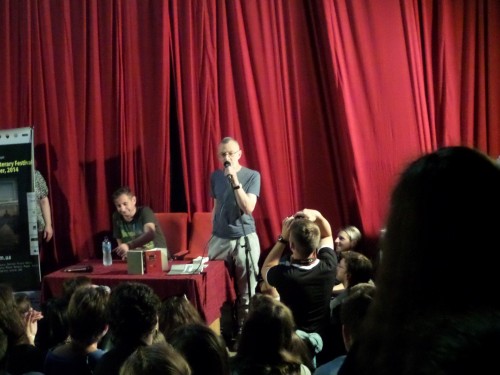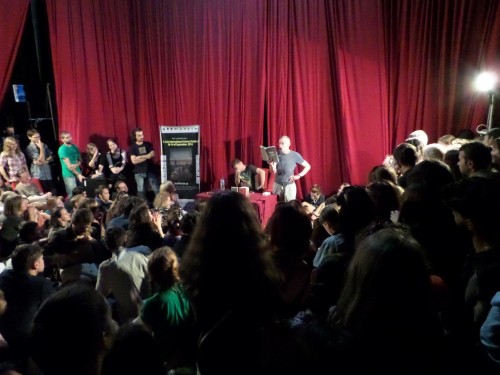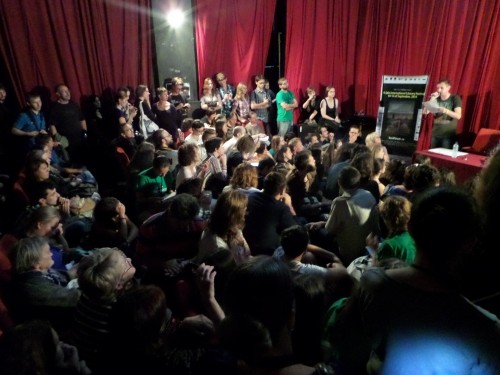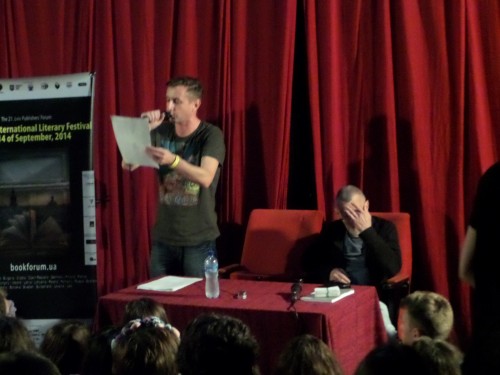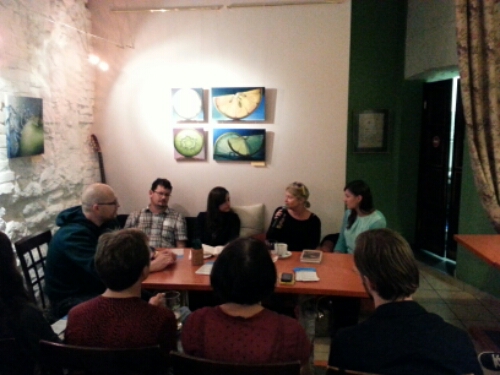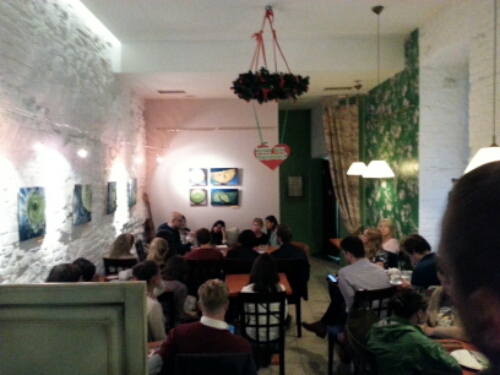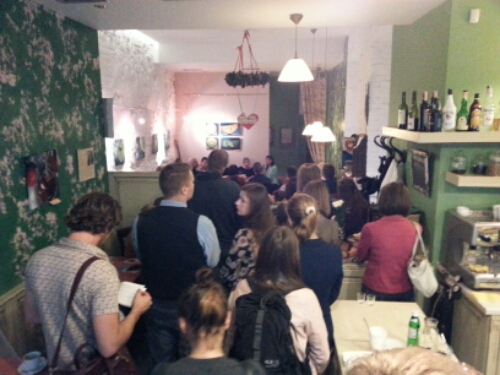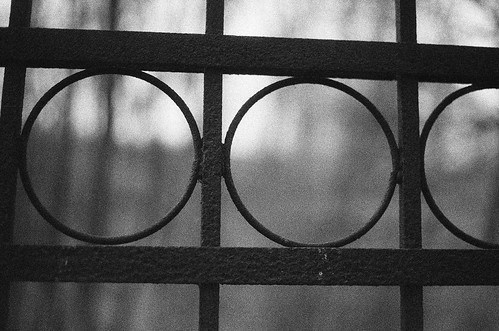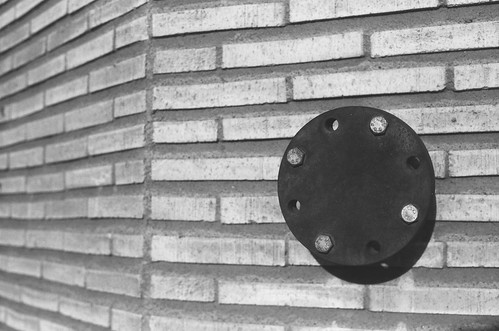(Läsningstid: 3 minuter)Vill rekommendera en fantastisk text av Serhij Zjadan. Texten är på ukrainska och om intresse finns översätter jag den gärna.
Från TSN.UA:
“Щастя
Вони заслуговували на цю війну не більше за інших.
Я не знаю, чи була ти тут раніше, до того як почалася війна. Шкода, якщо не була. Шкода, якщо ці поля й населені пункти в тебе завжди будуть асоціюватись із вогнем та паленим залізом. Кожному з нас хочеться, аби місця, які ми любимо, любили так само й усі інші. Хоча розумію, що сьогодні багато хто запам’ятовує ці місця, всотує їх, фіксує назавжди, на решту життя, як територію смерті, територію болю, територію, про яку поза війною загалом немає чого сказати.
Натомість я тут народився й виріс, я звик сюди повертатись, я буду сюди повертатись і надалі, що б не було і як би все не склалося. Просто всі ми охоче повертаємося туди, де нам було добре. І навіть якщо нині там усе дуже погано, ми все одно тримаємося своєї пам’яті, яка єдина нас підтримує й заспокоює. Я знаю, як добре тут може бути, я пам’ятаю безліч повчальних історій, сотні веселих облич, які мені тут траплялися, саме про них мені й лишається думати, саме про них і хочеться говорити.
Як ми всі тут жили? По-різному. В містечку, де я ріс, було кілька книжкових магазинів. І кілька кінотеатрів. І різні культурно-масові заклади. Але вони всюди були, ти ж розумієш. Не думаю, що в інших маленьких містечках було якось інакше. Всюди те саме – бажання спокою, потреба впевненості, необхідність стабільності. Звісно, місцевий колорит – дикі райони, непередбачувані характери, карколомні сюжети. Але це на рівні винятків. На рівні норми – дати дітям освіту, забезпечити власний побут, брати від життя стільки, скільки зможеш підняти.
І ще, на рівні відчуттів, снів і любові – розжарене повітря літа, небо над безмежними степовими широтами, пересохлі піднебіння й колодязі, пісок і кров на зубах, простір, наскрізь прошитий вітром і наповнений сонячним світлом, ріки, які протягом року помирають і відроджуються, дороги, що навесні заростають травою, але до осені знову прокреслюються на чорних площинах ґрунту, хмари, що сунуть від Азовського моря, глина, якої так багато на берегах ставків, зелень, що виростає на руїнах гаражів та нафтобаз, тварини, що вміло й навчено оминають людей, люди, що не бояться тварин, не бояться нічого, зовсім-зовсім нічого.
Пізніше, звісно, багато чого змінювалось – змінювались міста, змінювались прапори, змінювався одяг, змінювались стосунки. Щось зникало, щось натомість з’являлось. Скажімо, зникали книжкові магазини. Зникали впевненість і стабільність. Що з’являлося натомість? Скажімо, реклама. Скажімо, багато нових, яскравих, дешевих речей. Але у всьому цьому так само не було нічого аж настільки унікального. Все те саме, та сама, притаманна будь-якій провінції наскрізна тотальна біднота, незахищеність, непотрібність.
Та сама порожнеча барвистих рекламних вивісок, той самий розлам поміж бідними й не надто бідними, те саме постійне озирання назад, спроба застигнути в часі, страх перед рухом уперед. Можливо його, цього озирання, тут завжди було дещо забагато, можливо це справді щось, притаманне лише місцевим, щось наше, що нас вирізняло, що нами керувало й що зіграло з нами, врешті, злий жарт. Триматись за минуле, не довіряти теперішньому, боятись майбутнього. З цим можна жити. Доволі спокійно й розмірено, не роблячи клопоту ні собі, ні тим, хто поруч із тобою. Адже у всьому іншому – тут усі жили так само, як і деінде. І всі вони тут заслуговували на цю війну не більше за інших. І коли сьогодні хтось буде говорити тобі, що уникнути цієї війни було неможливо – не вір. Так говорять люди, які ніколи ці місця не любили, не почували себе тут добре, не почували щасливо.
Бо що таке щастя? Щастя – це місто, його нині активно обстрілюють. Ну, ти це й без мене знаєш. Але не знаєш такої історії. Багато років тому був у мене приятель, старший за мене на кілька років. І ось він навчався в цьому Щасті в ПТУ. І розповідав нам, молодшим, фантастичні історії про своє доросле життя в Щасті, про своє щасливе життя. Про футбол, алкоголь і жінок. Особливо нам подобалось про жінок. Хотілося скоріше стати дорослими, хотілося скоріше стати досвідченими, хотілося перемог, хотілося щастя. Адже щастя не оминеш, думалося нам, щастя не оминеш.
За пару років він розбився на трасі. Ми всі стали дорослими й досвідченими. З досвідом прийшла втома, злість і зневіра. Нічого не оминеш.”



